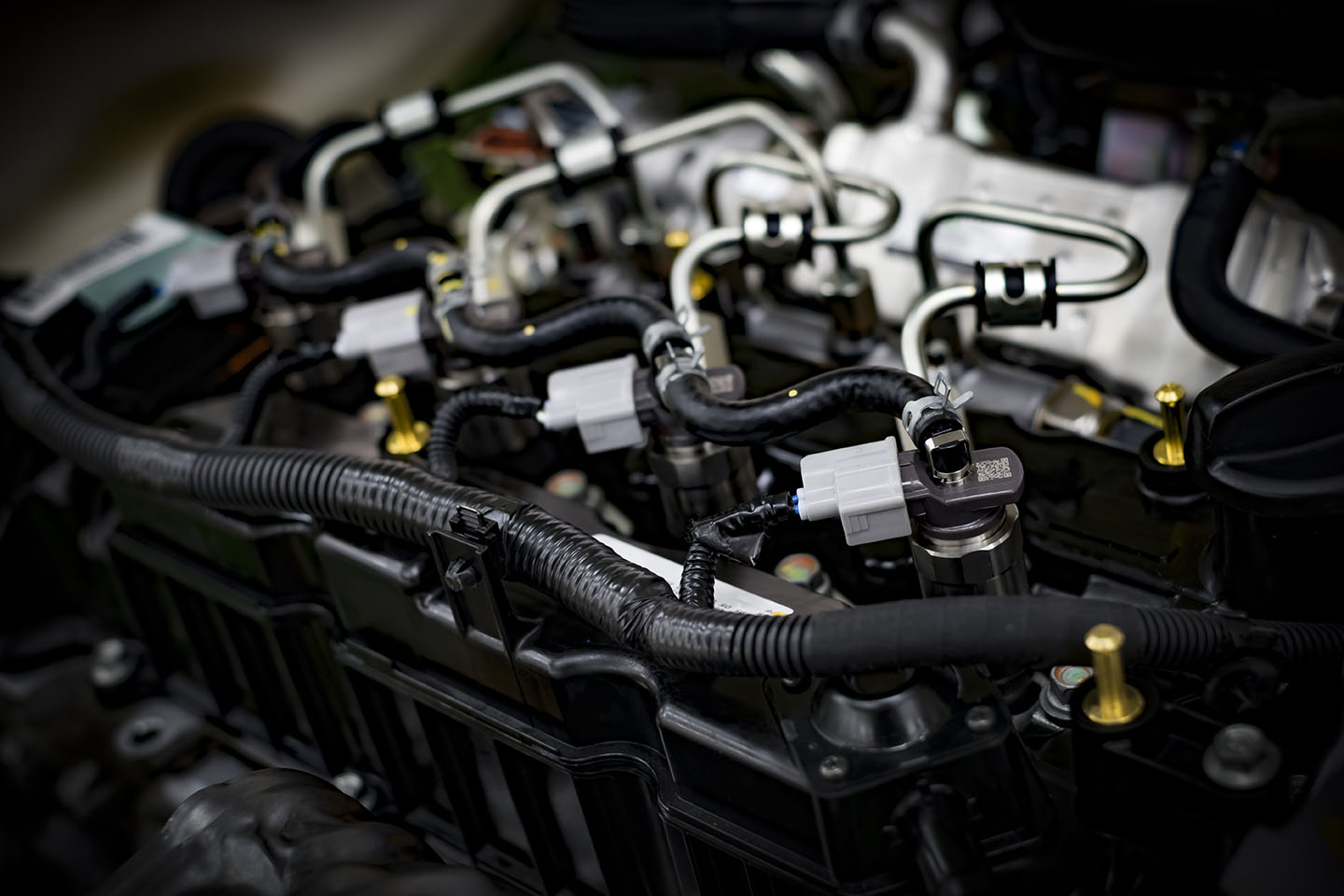How Does an Oil Pump Work?
May 3rd 2023

Source: Shutterstock.com / Velimir Zeland
Oil is key to maintaining a healthy engine. It lubricates metal parts to prevent them from dying an early death. It also helps deliver fuel to the combustion chamber, which allows the engine to burn the fuel. But the oil needs to be pumped through the various components of the fuel injection system to keep the engine running. Otherwise, you are bound to run into a range of problems behind the wheel, including poor fuel efficiency, rough idling, poor acceleration, and a sudden loss of power. Learn about common oil pump failure symptoms to avoid damaging the other components of your engine. But you can’t solve the problem or repair your HPOP unless you know how it works. So, how does an oil pump work, and what happens when things go wrong?
How Does an Oil Pump Work on a Diesel Engine?
Ford Powerstroke Diesel engines use what’s known as a high-pressure oil pump (HPOP) to direct oil through the necessary channels. The pump pressurizes the oil to make sure it gets where it needs to go. The pressure needs to be anywhere from 600 to 3,000 PSI for the engine to fire because diesel engines use HEUI (hydraulic electronic unit injectors) that deliver the fuel directly to the combustion chamber. Go through the process step by step to find out how the oil gets around your diesel engine.
Pressurizing the Oil
The oil in a diesel engine must be recycled several times over as the engine continues to fire. The process starts when the HPOP receives the recycled oil from the crankcase. The oil pump delivers the oil to the HPOP, which then pressurizes it before sending it back out again into the engine. But the incoming oil must be cooled and filtered before it goes into the HPOP. It goes through the oil cooler, which lowers the temperature to make the oil more effective. It also passes through the oil filter, which removes debris and soot from the oil to keep it clean.
Once the oil is ready to make another trip through the engine, it goes into the oil reserve, which is located just below the oil cooler. It is then fed into the HPOP. The volume of fuel needed is based on the information the HPOP receives from the powertrain control module (PCM), which regulates the timing and injection pressure.
Shop All of Our Diesel Products

Source: Shutterstock.com / MR.TEERASAK KHEMNGERN
Injecting the Fuel
With the fuel pressurized, the HPOP sends it through rubber hoses until it reaches the left and right sides of each cylinder head. The oil passes into the barrel inside the cylinder where it then gets diverted to the fuel injector. The injectors are now ready to fire. The injection process is activated by the PCM, which communicates with the injectors using the cam sensor on the harmonic damper in the front timing cover.
The sensors tell the PCM which cylinder is ready for injection. This opens a poppet valve, which allows the high-pressurized oil from HPOP to flow down into the nozzle, thereby increasing fuel pressure. The fuel then gets injected into the combustion chamber as a fine mist to make sure it burns thoroughly and efficiently.
Oil is the lifeblood of a diesel engine. If your oil pump breaks down, the engine may fail to fire altogether. When in doubt, you can always replace your HPOP to keep the truck running like new. This part tends to be particularly faulty on the Ford Powerstroke 6.0 and 7.3 diesel engines. But you might not have to replace the pump outright when things go wrong.

Source: Shutterstock.com / mpohodzhay
A faulty high-pressure oil pump is usually caused by bad-quality oil or a malfunctioning part that needs to be repaired. If your HPOP is giving you trouble, spend some time testing the other parts of your oil system, including the injection pressure regulator (IPR) valve, which controls the pressure of the fuel in the injectors, and the HPOP filter, which can easily fill with soot and ash over time. Shop for replacement oil system components to resolve the issue.
Remember
Don’t neglect your truck’s oil system. Use this information to maintain your engine for years to come.
